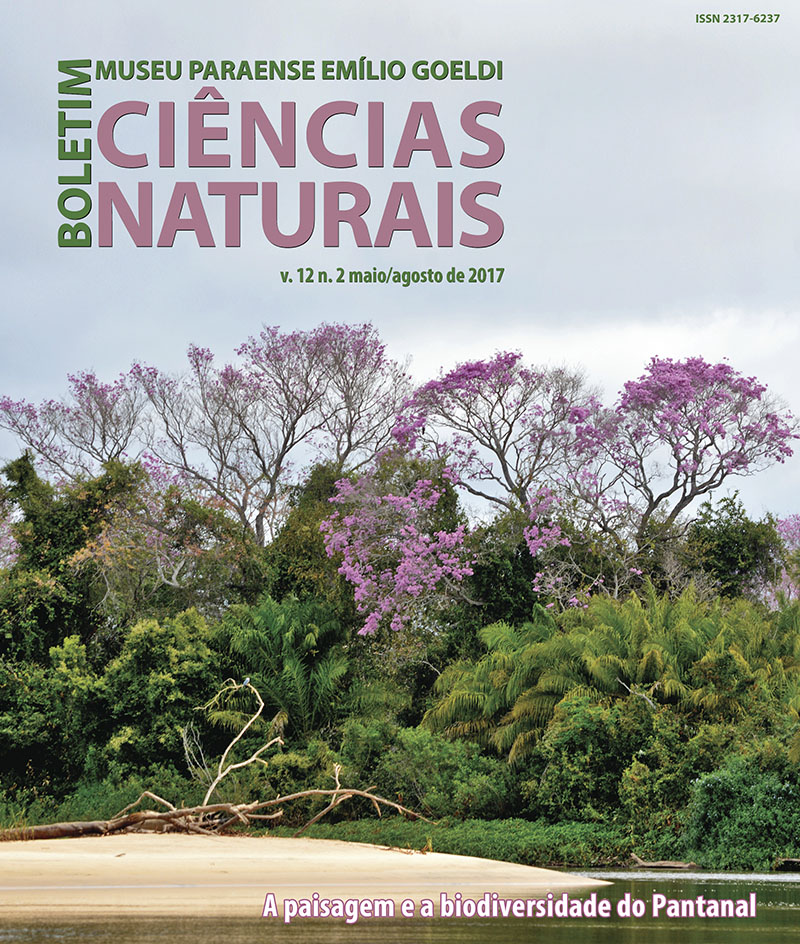Genetic diversity and population structure of Mauritia flexuosa L. f. in Cerrado and Pantanal
DOI:
https://doi.org/10.46357/bcnaturais.v12i2.385Keywords:
Moriche palm, Cerrado-Pantanal connection, Wetland, MicrosatelliteAbstract
This work aimed to analyze the diversity and genetic structure of populations of Mauritia flexuosa L.f. in the cerrado bioma (Chapada dos Guimarães–XAP) and Pantanal (Mimoso–MIM), and to evaluate possible connections between these areas. DNA was extracted from 24 individuals of XAP and 23 of MIM, and the genetic diversity and population structure were analyzed. The results pointto the formation of two main groups that share genetic information by the consequent insertions of individuals from the XAP population into the MIM group, as described by the UPGMA and PCA analyses. These observations lead us to believe at some time in the past there was an exchange of genetic information between the areas which may have originated from fruits and seeds transported by wild animals or by the local population, with a subsequent break in this connection and a following process of endogamy in these populations, more intense in the MIM population, considering that the whole extension of this area is a single population. Unlike MIM, in XAP we can find small populations of M. flexuosa that can exchange genetic information among individuals throughout the whole extension of the Park and its surroundings.
Downloads
Published
Issue
Section
License
Publication means fully assigning and transferring all copyrights of the manuscript to the journal. The Liability Statement and
Assignment of Copyrights will be enclosed with the notice of acceptance. All the authors must sign the document and return it to the journal.








